Why sovereign digital treasuries, real-world asset tokenization, and AI-enhanced infrastructure are shaping the next great crypto era.
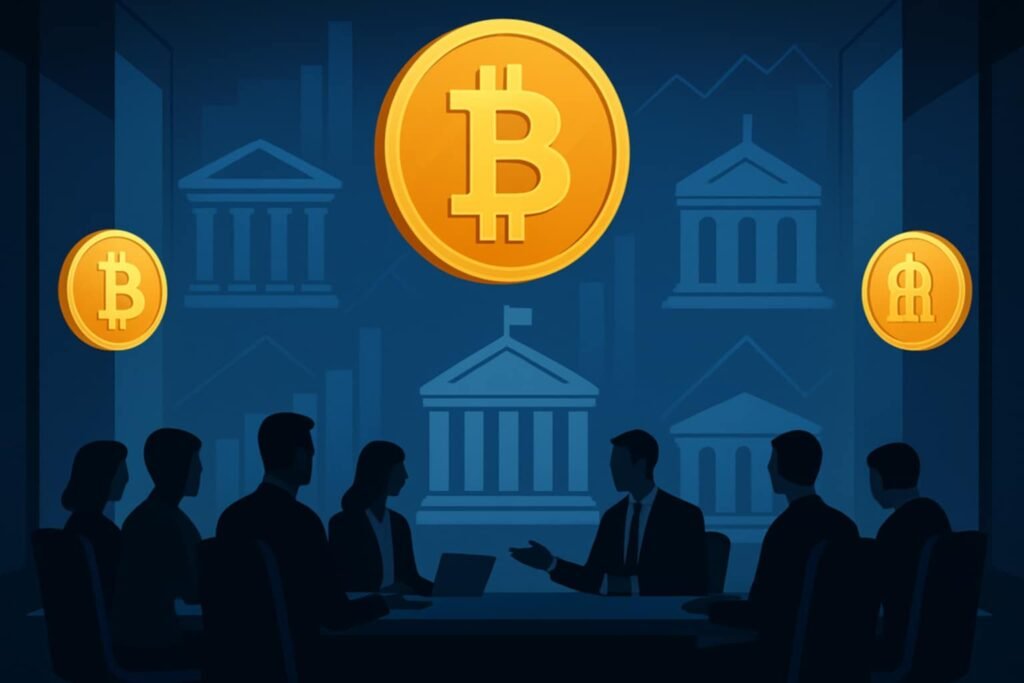
Chapter 1: The Bitcoin Reserve Era Has Officially Started
For years, Bitcoin was treated as an outsider — a threat to central banks, a toy for technologists, or a speculative bet for the brave. But in 2025, it’s no longer an outsider. It’s becoming the foundation.
We are now entering the Bitcoin reserve era — a time when both public and private institutions are acquiring BTC not to flip it, but to store long-term value. These aren’t memes or moonshots. They are sovereign-grade reserve strategies.
In Japan, AI firm Quantum Solutions recently committed to acquiring 3,000 BTC as part of its internal treasury over the next year. Their goal is simple: to use Bitcoin as a hedge, a balance sheet anchor, and a financial firewall in a world of rising AI automation and fiat devaluation.
In the United States, government entities quietly hold over 200,000 BTC, according to on-chain analysis — a fact that has flown under the radar. Rather than auctioning it all off as they did in 2014, many of these holdings remain untouched, hinting at a policy shift in the making.
Other nations are not waiting. Pakistan has publicly launched a national Bitcoin reserve, while smaller governments and regional powers explore energy-backed mining strategies to build their own BTC stacks. What was once the domain of hardcore HODLers is now on the radar of sovereigns.
But here’s the twist: the decentralized world is moving faster.
Small communities, DAOs, and startup ecosystems are building micro-Bitcoin treasuries — automated vaults governed by smart contracts, backed by BTC and tokenized real-world assets. These are not hedge funds. They are movements. They are sovereign, bottom-up, and programmable.
And they’re not waiting for permission.
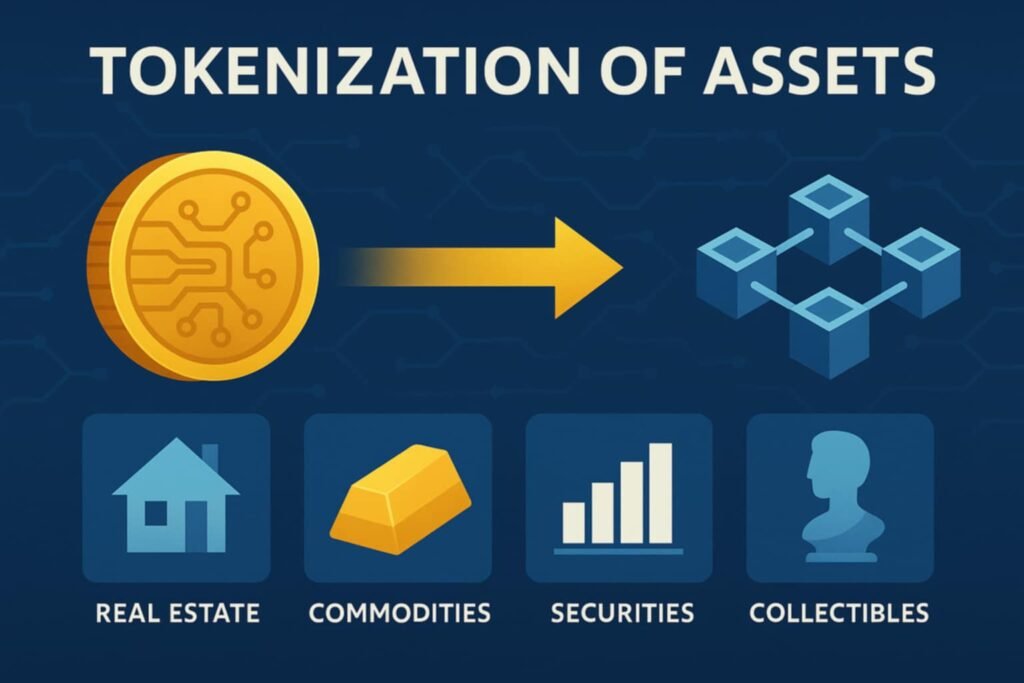
Chapter 2: Tokenizing the World — Why Wall Street Is Racing Toward Blockchain
Wall Street used to laugh at tokenization. Now it’s pouring billions into it.
Tokenization of real-world assets (RWAs) — like U.S. Treasuries, real estate, art, and corporate bonds — has emerged as one of the most transformative blockchain trends of the decade. And it’s not a theory anymore. It’s happening.
Here’s why it matters:
BlackRock launched its first tokenized U.S. Treasury fund, offering real-time settlement, transparency, and programmable yield via blockchain.
Bank of America and JPMorgan are testing systems to tokenize not only securities but even their loan books, unlocking trillions in trapped liquidity.
Coinbase and Franklin Templeton are offering tokenized government bonds via DeFi rails like Base and Polygon.
In short: the global financial system is being digitized — and tokenized — in real-time.
This has massive implications for crypto-native builders. Tokenization bridges the legacy world and Web3. It lets Bitcoin-backed treasuries hold stable, yield-bearing assets without needing to leave the chain. It unlocks liquidity without liquidation. It enables automated, transparent portfolios for everyone — not just hedge funds.
When real-world assets become programmable, the rules of wealth, governance, and capital formation begin to shift. Permanently.
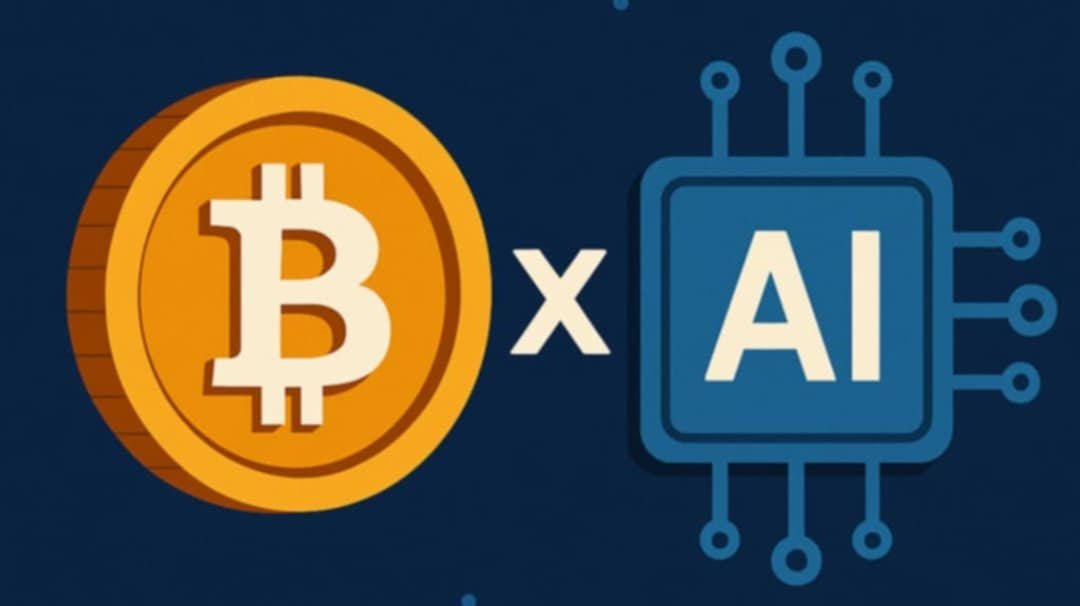
Chapter 3: The AI-Crypto Collision — Infrastructure, Not Just Scams
AI is changing crypto — and not just by faking influencer voices in Discord chats.
While scam activity is indeed rising (over $10.7 billion stolen using AI-fueled attacks in the past year alone), the more important story is this:
AI is becoming the foundation of next-gen crypto infrastructure.
AI agents are now being trained to manage DeFi portfolios, rebalance treasury allocations, analyze wallet behavior, detect smart contract bugs, and even assist in decentralized governance.
Think of this as the rise of autonomous financial assistants — programmable agents that live on-chain and work for you 24/7.
But the risk is real too. Voice clones, deepfakes, and synthetic impersonation are evolving rapidly. Scams are becoming indistinguishable from legit interactions.
So we’re entering a dual future:
One where AI automates value creation through smart execution.
Another where AI automates value theft through social engineering.
Education, tools, and transparent systems will decide who wins.
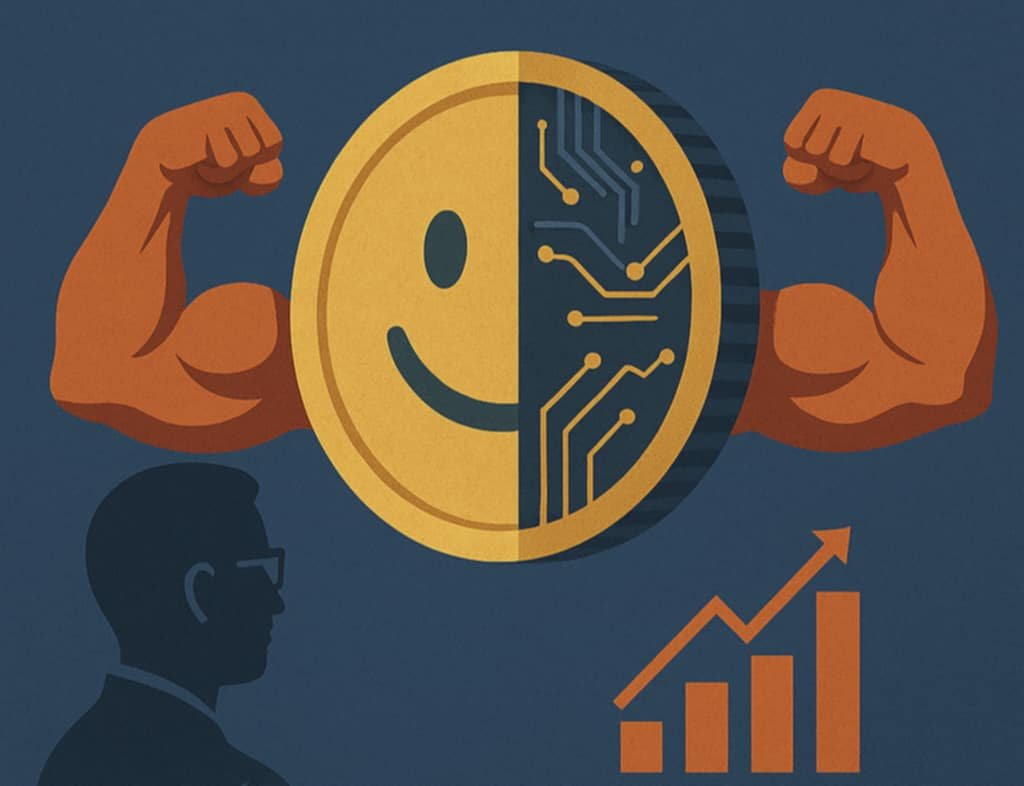
Chapter 4: Meme Coins with Muscles — Utility Enters the Chat
Meme coins were once dismissed as noise in the signal — speculative assets driven by community hype, inside jokes, and nothing more. But now, we’re witnessing something unexpected: memes are merging with utility, and the outcome may redefine how crypto ecosystems form and grow.
Take a look at BONK, originally a joke token on Solana. It has now evolved into a marketing powerhouse, used across the Solana ecosystem for tipping, payments, and cross-platform promotions. Dogecoin and Shiba Inu laid the cultural foundation, but BONK and others are layering on real-world function.
This transition is being led by a growing category of functional meme coins — tokens that use meme culture for virality but anchor themselves to treasury systems, payment rails, affiliate networks, or governance layers.
And this is exactly where things get interesting.
In the Web2 world, brand loyalty is built through storytelling, visuals, and emotional resonance. In Web3, tokens can amplify that loyalty by giving people ownership and rewards for participating in the story.
Tokens like DGTK are examples of this hybrid evolution — starting with a bold brand identity, but anchored to automated treasury flows, affiliate rewards, transparent reserve models, and Bitcoin-backed micro-economies. It’s no longer about being a meme. It’s about being a mechanism.
This shift is crucial, because it allows meme tokens to:
Scale with real cash flow and liquidity
Incentivize participation beyond speculation
Build sustainable utility ecosystems without VC funding
In essence, meme coins are becoming the entry point for sovereign systems. The fun is still there — but now the backend runs like a machine.

Chapter 5: The Rise of Community-Owned Micro Treasuries
Most people think a treasury is something only a government or Fortune 500 company can have. That’s about to change.
Thanks to DeFi, tokenization, and Bitcoin-backed loan protocols, any community can now build and manage its own reserve. These aren’t just DAOs holding ETH. They’re programmable, sovereign vaults with diversified holdings, risk parameters, and real-world purpose.
A new wave of builders is creating what could be called micro-sovereign wealth funds — powered by smart contracts, governed by the community, and designed to grow sustainably over time.
Here’s what they often include:
Bitcoin reserves for long-term inflation resistance
Tokenized T-bills or yield-bearing stablecoins for stability
Native tokens (like DGTK) with clear treasury distribution models
Automated liquidity rebalancers and burn caps for deflation
The endgame? Sustainable, regenerative ecosystems that can survive bear markets, fund innovation, reward supporters, and expand without relying on external capital.
Instead of asking for donations or grants, these ecosystems bootstrap themselves by aligning incentives around growth and transparency.
It’s the next phase of DeFi — one that’s not just about yield farming, but about community capital formation and economic sovereignty.
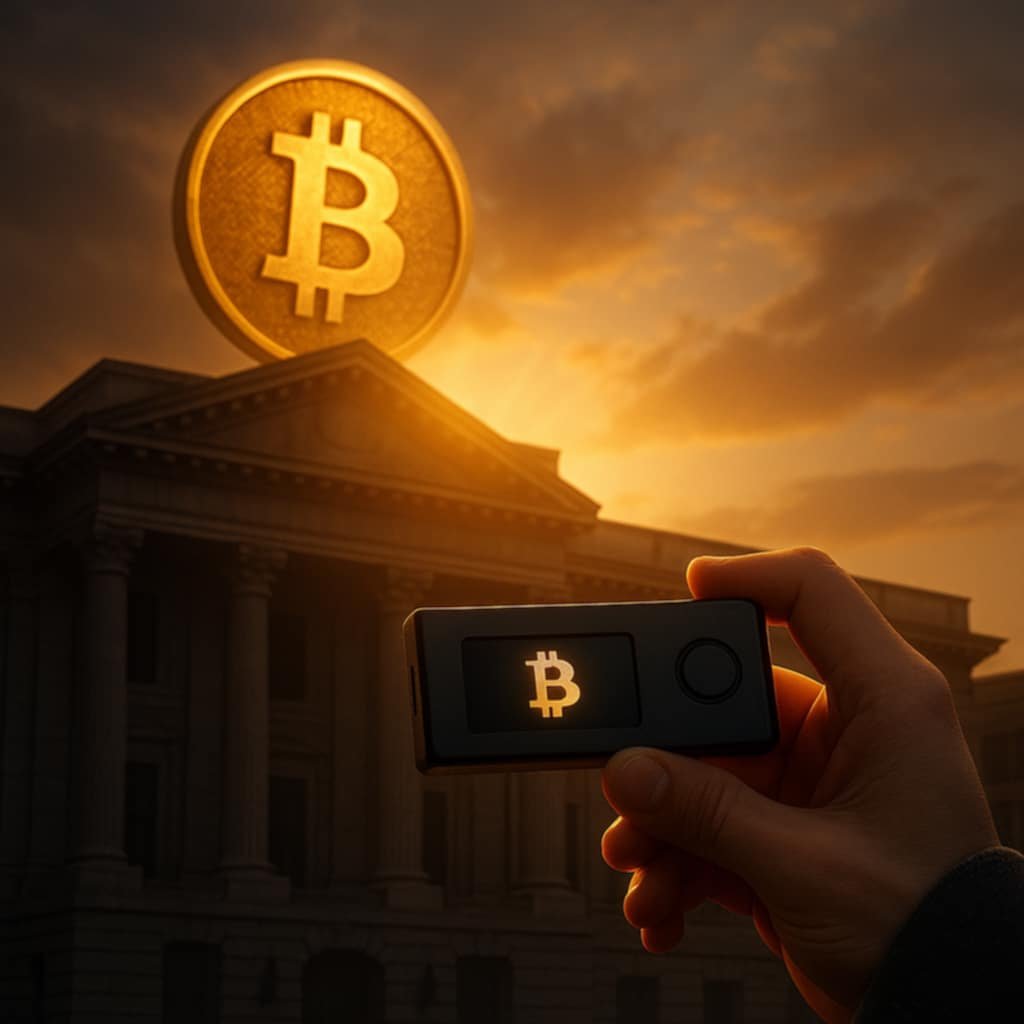
Chapter 6: Governments Are Catching Up — You’re Already Ahead
The irony is rich: while regulators were busy warning retail investors about the dangers of Bitcoin, governments themselves began quietly accumulating it.
In 2014, the U.S. government auctioned off over 30,000 BTC seized from Silk Road. That moment was framed as the end of crypto anarchy. But in 2025, the tune has changed. On-chain data now shows the U.S. holds over 200,000 BTC — and it’s not alone.
El Salvador made Bitcoin legal tender in 2021 and now holds over 5,000 BTC, using geothermal energy to mine new coins.
Pakistan has formally launched a national Bitcoin reserve strategy.
Russia, China, and Iran are all linked to state-controlled mining pools, silently stacking.
This means the sovereign game theory is kicking in. If one country accumulates Bitcoin as a hedge against dollar debasement or sanctions, others are incentivized to do the same.
But here’s the beauty of Bitcoin’s design: there is no first-class seat. A small business, a DAO, or a solo entrepreneur can build a Bitcoin reserve just like a nation-state can.
You — with a cold wallet, a ledger, or a multisig — are already ahead of 95% of governments who still haven’t figured out how to custody Bitcoin properly.
The gatekeepers are gone. You don’t need to be a central bank to act like one.

Chapter 7: Case Study — DGTK and the Digitallik Treasury Stack
Let’s zoom in on an emerging example of this new model in action: Digitallik and its native token DGTK.
What began as a grassroots crypto affiliate website is now becoming a live example of a community-run sovereign treasury, with systems that mirror some of the most advanced economic models — on a micro scale.
Here’s what’s been built:
A BTC-native reserve, stored transparently in a wallet for all to verify
A tokenized T-Bill treasury for stability and passive growth
An automated distribution model that allocates DGTK trading fees across:
Liquidity pools
Community rewards
Long-term sovereign stacks
A clear burn cap mechanism, halting token burns once a $1M BTC + T-Bill reserve is reached — signaling strength and sustainability
Digitallik isn’t just launching a token. It’s launching a flywheel — one where affiliate commissions, trading fees, and treasury yields feed back into the system, creating a self-reinforcing wealth engine for the community.
This isn’t vaporware. It’s a template — one that other communities will begin to copy, refine, and scale globally.
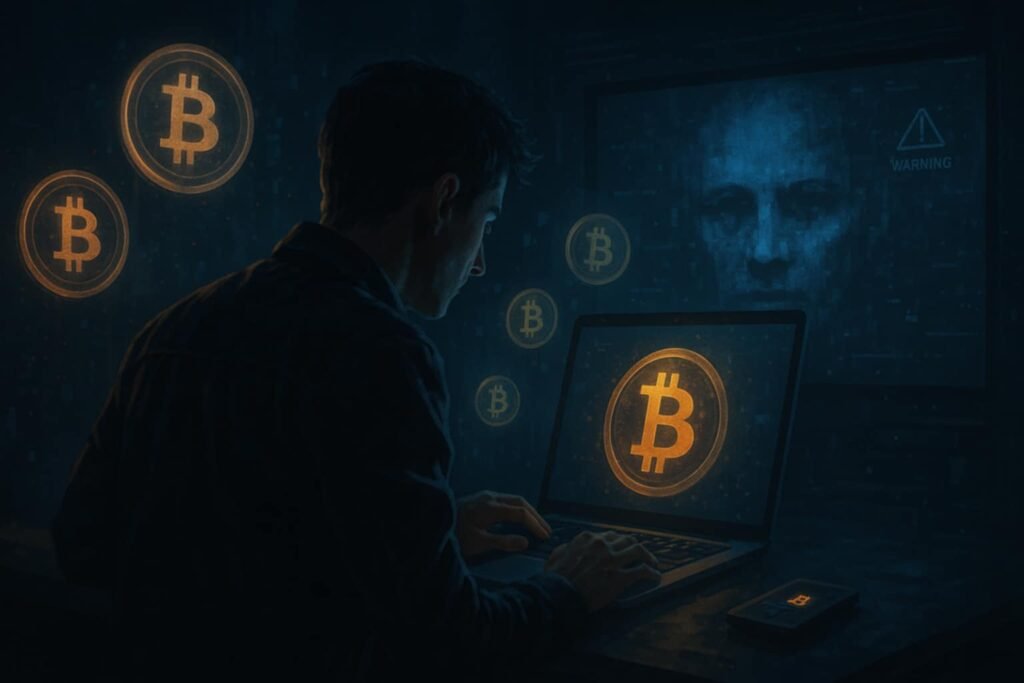
Chapter 8: Security in the New Age — Defending Against AI-Enhanced Threats
As the tools get smarter, so do the attackers.
In the last 12 months, the crypto world has seen a 456% increase in scam-related losses, totaling over $10.7 billion. And this isn’t your average phishing attack anymore. This is AI-engineered deception at scale.
Here’s what’s happening:
Voice cloning is being used to impersonate founders, influencers, and community admins in Telegram and Discord.
Deepfake videos are circulating in token launch communities, showing fake endorsements.
AI-generated fake websites now replicate entire DeFi UIs and dashboards.
But with these advanced attacks comes a critical truth:
Security is no longer just technical — it’s psychological.
Forward-thinking projects are integrating defense into their ecosystems:
Automated on-chain risk scoring
Multisig wallet prompts
Bot-proof reward systems
AI detection tools
As AI becomes part of the infrastructure, it must also become part of the defense. You need bots protecting you from bots.
And on the human side? Education is everything.
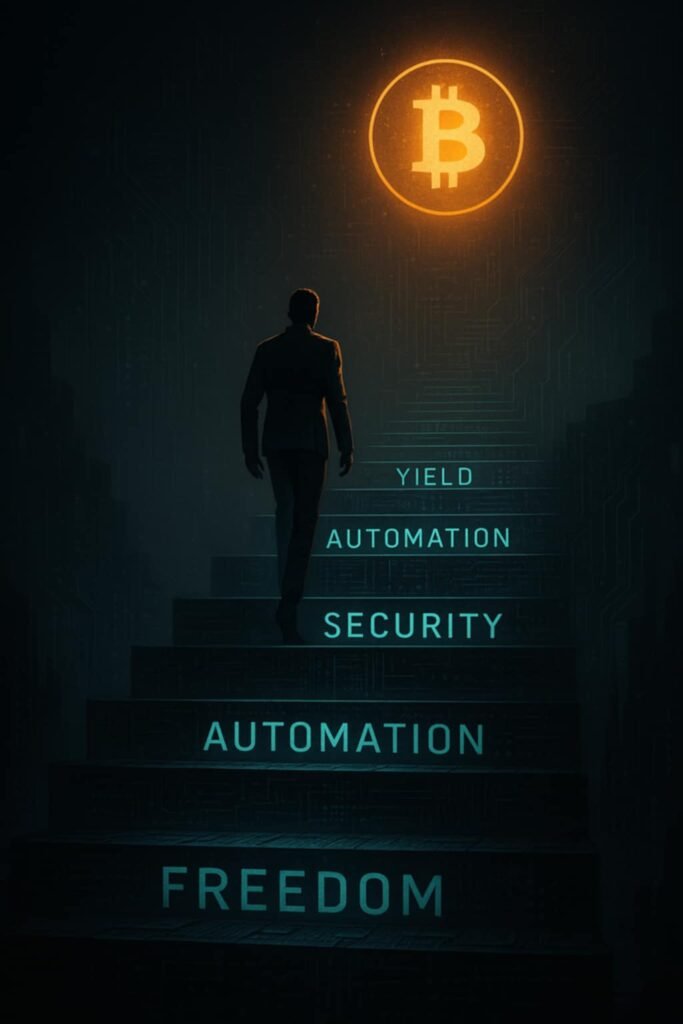
Chapter 9: Why the Next Crypto Wave Won’t Look Like the Last
If you’re waiting for a repeat of 2021, you’re going to miss what’s actually coming.
This cycle is not just about price action — it’s about infrastructure, convergence, and capital reallocation.
What’s different now:
Governments aren’t banning Bitcoin — they’re buying it.
Wall Street isn’t mocking blockchain — they’re building on it.
AI isn’t a novelty — it’s reshaping DeFi, security, and behavior.
Meme coins aren’t jokes — they’re economic gateways.
And people aren’t just speculating — they’re strategizing.
It’s no longer about the next 100x altcoin. It’s about resilient stacks:
BTC-backed loans at cycle bottoms
Tokenized yield in treasury
Affiliate + liquidity flywheels like DGTK
AI-powered agents managing it all
This is the era of strategic sovereignty — not just hype.
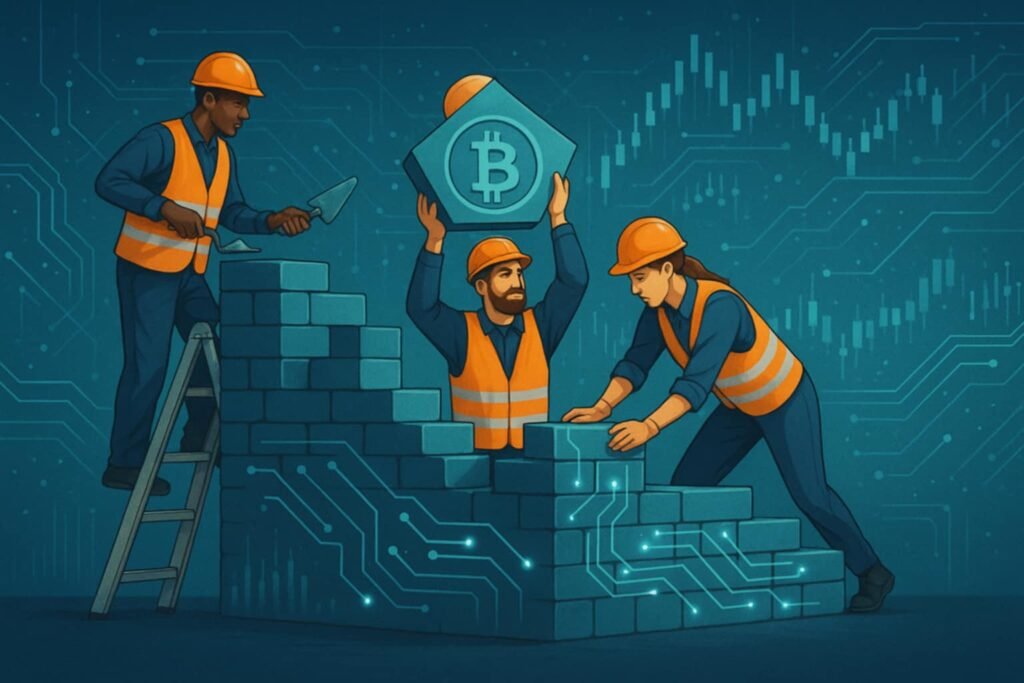
Chapter 10: Final Thoughts — Builders of the New Financial World
The future of crypto won’t be shaped by hype cycles or price predictions — it’ll be shaped by people building systems that last.
From centralized power → decentralized reserves
From passive speculation → economic design
From Web2 platforms → sovereign financial stacks
And it’s not just happening in Silicon Valley or Capitol Hill. It’s happening in Telegram groups, side hustles, Base wallets, and tokens like DGTK.
This is the rise of:
The sovereign stack
The AI-assisted strategist
The community-owned reserve
The meme-turned-machine
These aren’t buzzwords. They’re the tools of tomorrow’s freedom — programmable, scalable, transparent, and anti-fragile.
If you’re stacking Bitcoin or building quietly — you’re already ahead.
Because the next global reserve isn’t just in a vault.
It’s in your wallet.
🛠️ Want to Build With Us?
At Digitallik, we’re laying the groundwork for this future — with a BTC-backed treasury, tokenized reward systems, AI-enhanced tools, and a community-first vision.
DGTK isn’t just a token. It’s a blueprint.
A blueprint for micro-treasuries.
A blueprint for crypto-native growth.
A blueprint for financial sovereignty — built one block at a time.
So when the next wave comes, you won’t need to chase it.
You’ll ride it — on your terms.
